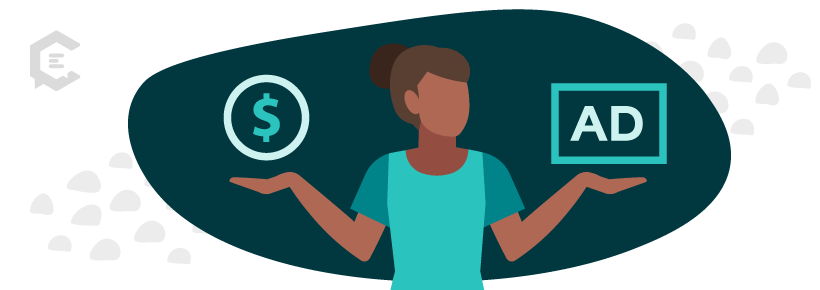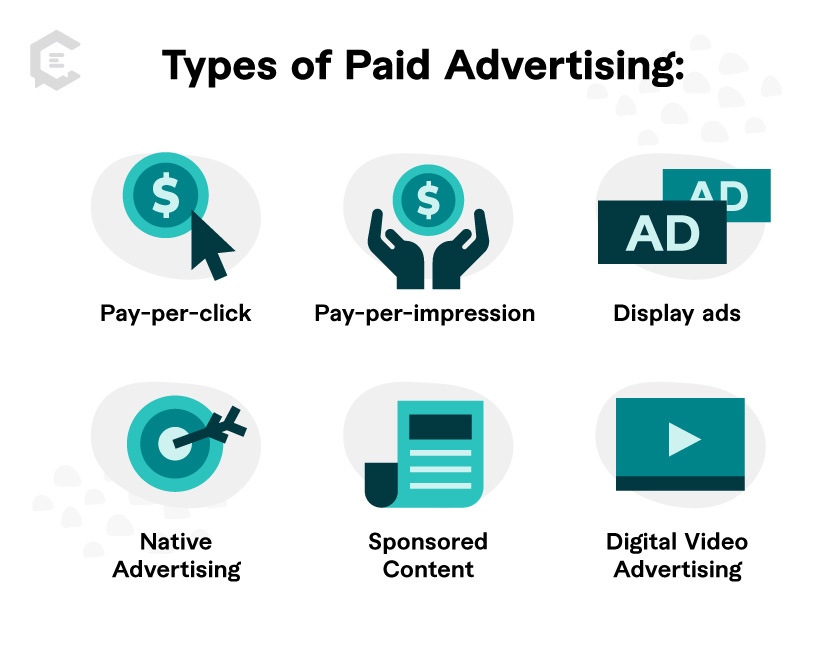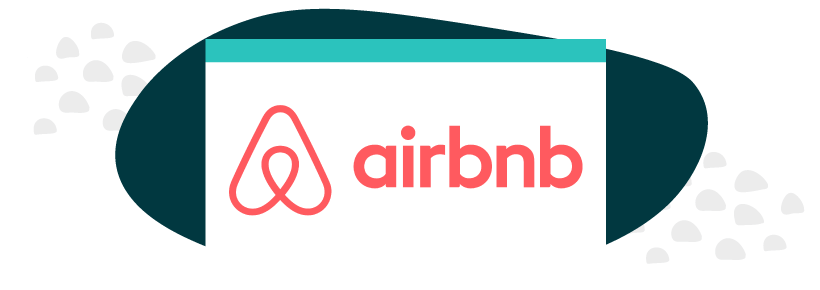What is paid advertising?
Paid advertising uses paid promotional channels to distribute and amplify content to a targeted audience. They’re ads you pay to place. Traditional outbound marketing efforts used to be all paid channels (TV commercials, billboards, radio spots). But. today’s paid advertising features better direct your products and services to a targeted audience.
While organic advertising saves you money, it’s a lot of hard work. It also requires time to build successful results. Paid advertising gives you faster returns and guarantees a certain amount of reach. It’s also usable in numerous places, which helps with cross-channel campaigns.
Paid advertising gets you seen on platforms like YouTube, Google searches, social media, and more. And getting your business on their feeds is vital to boosting your brand awareness.

Why is paid advertising important?
The most effective marketing strategy combines inbound content marketing with outbound paid advertising tactics. Your paid advertising aims to deliver valuable content to a broad audience and encourage them to take the desired action. That could mean visiting your website, signing up for a newsletter, or making a purchase.
Paid advertising offers several benefits, including:
- Expanding the reach of your content to a broader audience.
- Offering robust targeting options to reach the most relevant audience for your content.
- Generating quick results, which makes it suitable for time-sensitive promotions or product launches.
- Providing detailed analytics, which allows you to measure the performance of your campaigns.

Types of paid advertising
Paid advertising in the digital age includes various strategies tailored to suit your industry. Each tactic offers different levels of audience engagement and has several pros and cons regarding your ROI.
Pay-per-click
With pay-per-click (or PPC) ads, you don’t pay unless a user clicks on your ad. Typical PPC ads are links when people use a search engine or display banners. Advertising spots on a search engine results page (SERP) are usually subject to an ad auction to determine which ads will fit best.
Pay-per-impression
Pay-per-impression (or PPI) ads cost you each time your ad displays on a site. Typically, this type of ad costs a flat rate per thousand views. One significant benefit to this type of ad is that it’s sure to be seen. Unfortunately, it only adds to your brand visibility and is not guaranteed to convert.
Display ads
This type of ad comes in several versions: text, static image, pop-up, video, and more. They’re helpful for remarketing, which targets customers who have visited your site but haven’t completed a conversion. Unfortunately, these ads are susceptible to ad-blocking technology.
Native Advertising
This form involves creating content that matches the structure and function of the platform it appears on. Paid content is seamlessly integrated into the user experience. It’s often labeled as “sponsored” or “promoted” to distinguish it from organic content. Native ads are incredibly effective paid advertising because they tend to be the least intrusive.
Sponsored Content
Paid collaborations with influencers and industry leaders expose your content to a new audience. This form of paid advertising comes with the bonus of a credible authority vouching for your product. But, it must be identified as sponsored or promoted in the content or the accompanying copy.
Digital Video Advertising
YouTube is the king of digital video content. It has an incredible algorithm that funnels traffic into specific target groups. These paid spots normally appear at select spots during the video. Users tend to be more open to these. For content marketers, video platforms target specific audiences based on demographics, interests, or viewing habits.

What is a great example of paid advertising?
In 2016, Airbnb launched its “Live There” campaign to differentiate itself from traditional accommodation options. The campaign focused on “living like a local” and included a wide range of paid advertising tactics.
- Airbnb used data-driven personalization to tailor targeted PPC ad content to specific users.
- They incorporated paid collaborations with local influencers in various destinations to share their stories and experiences.
- The campaign invested in location-based targeting, tailoring ads to specific regions and cities.
By promoting the concept of living like a local, Airbnb positioned itself as a unique and desirable option for accommodation. And that made them stand out from traditional hotels.
Ready to upgrade your paid advertising strategy?
Paid advertising can be a great compliment to your content marketing efforts. It allows you to reach a wider audience and target specific demographics who may have never heard of your brand. If you’re launching a new product or have a time-sensitive campaign, paid advertising can boost the visibility of your campaign quickly.
Get high-quality paid ad copy that’ll help you get more clicks and conversions by talking to a content specialist at ClearVoice today.



